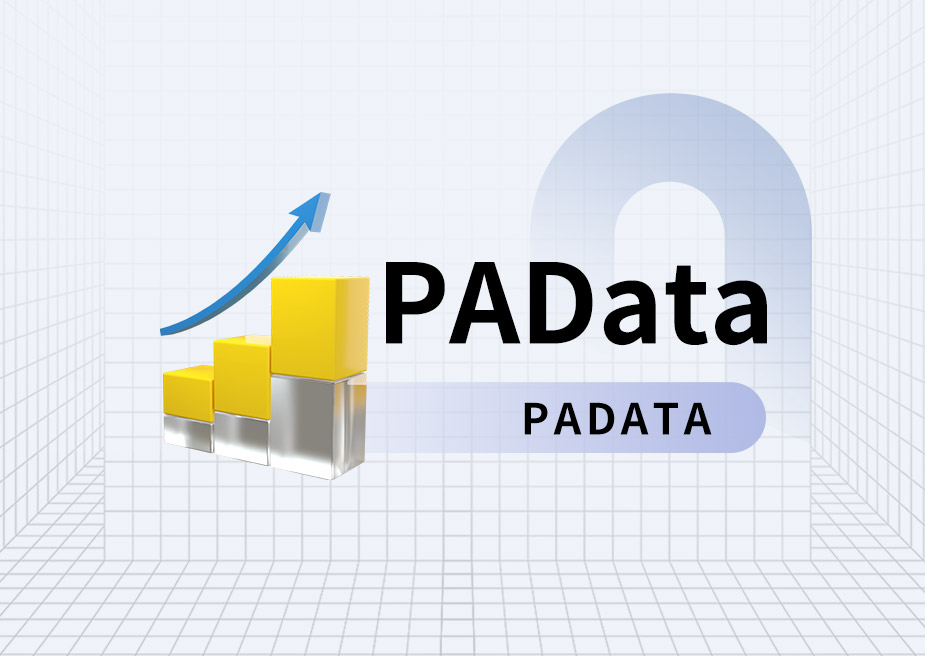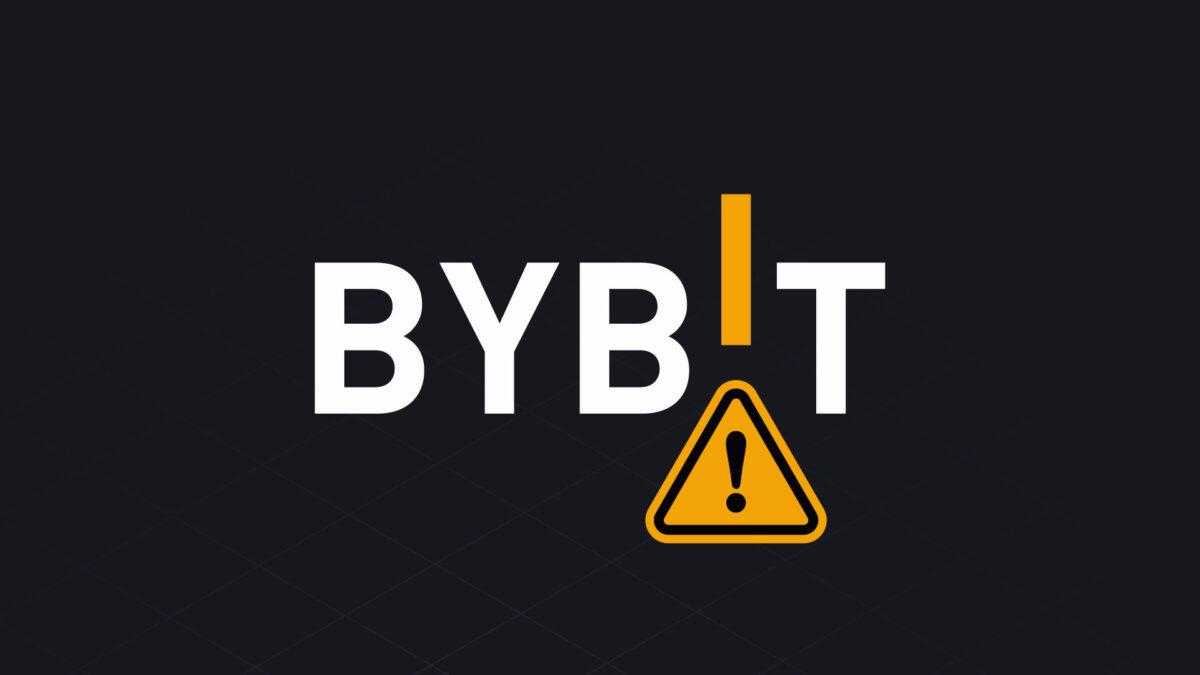Original title: “Why Tether refuses to comply with MiCA”
Written by Bradley Peak, Cointelegraph Columnist
Compiled by: J1N, Techub News
Does Tether comply with MiCA requirements?
The European Union’s new Markets in Crypto-Assets (MiCA) regulation is the first major attempt by a global economic powerhouse to set clear regional rules for the crypto sector, with stablecoins being a key focus.
If stablecoins are to be traded in the EU, their issuers must comply with some strict rules:
1. You need a license
To issue a stablecoin in Europe, you must become a fully licensed electronic money institution (EMI) . This is the same license that traditional fintech companies need to offer e-wallets or prepaid cards. This requirement is costly and the process is lengthy.
2. Most of the reserves must be held in European banks
This is one of the most controversial parts of MiCA. If you issue a stablecoin then at least 60% of the reserves must be held in banks in the EU. The logic behind this is to maintain the safety of the financial system.
3. Mandatory full transparency of reserves
MiCA requires detailed disclosures on a regular basis. Issuers must publish a white paper and provide updates on their reserves, audits, and operational changes.
4. Non-compliant tokens will be delisted
If a token does not comply with the regulations, it will not be able to be traded on regulated EU platforms. For example, Binance has delisted USDT trading pairs for users in the European Economic Area (EEA). Other exchanges are following suit.
The European Securities and Markets Authority (ESMA) clarified that European citizens can still hold or transfer USDT, but it cannot be sold to the public or listed on official venues. In other words, you may still have USDT in your wallet , but you are expected to exchange it on a regulated platform.
The main reason why Tether refuses to comply with MiCA regulations
Tether has a unique perspective on the MiCA regulations, with executives including CEO Paolo Ardoino explaining why they do not want to have anything to do with the MiCA regulations , which they believe have serious flaws covering financial risks, privacy issues, and the true target group of stablecoins.
1. Banking rules could backfire

Regarding the point that "MiCA must require stablecoin issuers to deposit at least 60% of their reserves in European banks", Paolo Ardoino warned that this could create new problems. Forcing stablecoin issuers to rely too much on traditional banks could make the entire system more vulnerable.
After all, if there were a wave of redemptions and these banks didn’t have enough liquidity to keep up, we would see both bank distress and a stablecoin crisis.
Instead, Tether prefers to keep the majority of its reserves in U.S. Treasuries , which are highly liquid, low-risk, and easier to redeem quickly when needed.
2. They don’t trust the digital euro
Tether also has broader questions about the direction Europe is taking, particularly with regard to a digital euro . Ardoino has publicly criticized Tether and warned about its privacy issues.
He believes that centrally controlled digital currencies could be used to track how people spend their money and even control or restrict transactions if someone no longer favors the system.
Privacy advocates have expressed similar concerns. While the ECB insists that privacy is a top priority (for features such as offline payments), Tether doesn’t think so. In their view, handing over such a large amount of financial power to a single institution is tantamount to asking for trouble.
3. Tether’s users are not in Brussels, but in Brazil, Türkiye and Nigeria
Essentially, Tether sees itself as a lifeline for people in countries facing inflation, unstable banking systems, and limited access to U.S. dollars.
In places like Turkey, Argentina , and Nigeria, USDT is often more useful than the local currency.
MiCA has many license restrictions and reserve requirements, which will force Tether to shift its focus and invest heavily to meet EU-specific standards. Tether has expressed its reluctance to do so, but this does not mean that it will sacrifice the markets that it believes need financial instruments such as USDT the most.
“Turkey has one of the highest rates of cryptocurrency adoption, with 16% of its population participating in cryptocurrency activities. This high rate of adoption is largely due to the depreciation of the Turkish lira and economic instability, which has prompted citizens to seek alternatives such as stablecoins to maintain purchasing power.”
What happens if Tether doesn’t comply with MiCA?
Tether’s decision not to comply with MiCA has not gone completely unnoticed. But it has had real consequences for exchanges and users in Europe.
1. Exchanges are abandoning USDT
Giants like Binance and Kraken have made concessions. In order to comply with the requirements of EU regulators, they have delisted USDT trading pairs for users in the European Economic Area. Binance has delisted these trading pairs at the end of March 2025. Kraken followed suit and delisted not only USDT, but also other non-compliant stablecoins such as EURT and PayPal's PYUSD .
2. Users have fewer and fewer choices
If you hold USDT in Europe, you can still withdraw or exchange it on certain platforms. But you will no longer be able to trade it on major exchanges. This has prompted users to turn to alternatives such as USDC and EURC that are fully compliant with the MiCA standard.
Even mainstream cryptocurrency payment gateways in Europe are removing support for USDT, leaving users with fewer options for using cryptocurrencies directly.
3. Liquidity hit? Possibly.
Delisting USDT from European exchanges could make the market more volatile. Reduced liquidity, wider spreads, and increased volatility during large price moves are all possible. Some traders will adjust quickly. But what about others? Not so much.
“Tether (USDT) is the world’s most traded cryptocurrency, with daily trading volume exceeding even Bitcoin. In 2024, it facilitated over $20.6 trillion in transactions and has a global user base of over 400 million.”
Tether and MiCA Regulation
Tether may be at odds with the EU, but rather than standing still, the company is doubling down in other areas, searching for a friendlier environment and broader horizons.
First, Tether moved its headquarters to El Salvador after obtaining a digital asset service provider license, mainly because the country has fully embraced cryptocurrency.
Furthermore, after making more than $5 billion in profits in early 2024, Tether is putting its capital to work:
Artificial Intelligence: Through its venture capital arm, Tether Evo, the company has taken stakes in companies such as Northern Data Group and Blackrock Neurotech. Tether has also launched Tether AI , an open-source decentralized artificial intelligence platform designed to run on any device without the need for centralized servers or API keys. The goal is to use artificial intelligence to improve operational efficiency and potentially build some new tools in the process.
Infrastructure and AgTech: Tether invested in Adecoagro, a company focused on sustainable agriculture and renewable energy . This move was unexpected, but in line with Tether’s grand strategy of supporting resilient real-world systems.
Media and Beyond: There are also signs that Tether wants to gain a foothold in the content and communications sectors, suggesting that it is thinking beyond cryptocurrency.
Tether’s withdrawal from MiCA highlights global regulatory chaos for cryptocurrencies
Tether’s exit from MiCA is just a microcosm of a larger problem in the cryptocurrency space: how difficult it is to build a business in a world where every jurisdiction plays by its own rules.
A classic regulatory arbitrage game
This is not the first time Tether has run into regulatory trouble. Like many cryptocurrency companies, they are well versed in regulatory arbitrage and always find the friendliest jurisdictions to open operations there.
Tough regulations in Europe? Well, Tether chose El Salvador, where cryptocurrencies are warmly welcomed.
However, it does raise some questions. If large companies can easily circumvent regulation by jumping across jurisdictions, how effective are the rules? Will this protect retail users, or just confuse them further?
The world of cryptocurrencies spread all over the map
The bigger problem is that the global regulatory landscape is extremely fragmented. Europe wants full compliance, transparency, and reserve regulation. The U.S. is still sending mixed signals. Asia is also split: Hong Kong supports cryptocurrencies, while China remains cool .
Hong Kong has also passed the Stablecoin Act, licensed fiat-backed issuers, and advanced its Web3 development. Meanwhile, Latin America is actively embracing cryptocurrencies as a tool for financial access .
For companies, this is a mess. You can’t build for just one global market; you have to constantly adapt, restructure, or exit completely. For users, this creates a huge barrier to access. A cryptocurrency that works in one country may not work in another simply because of local policy.
One final thought: Tether’s resistance to MiCA seems to be more than a protest against red tape. It’s a bet that the future of crypto will be formed outside of Brussels, not in it.





